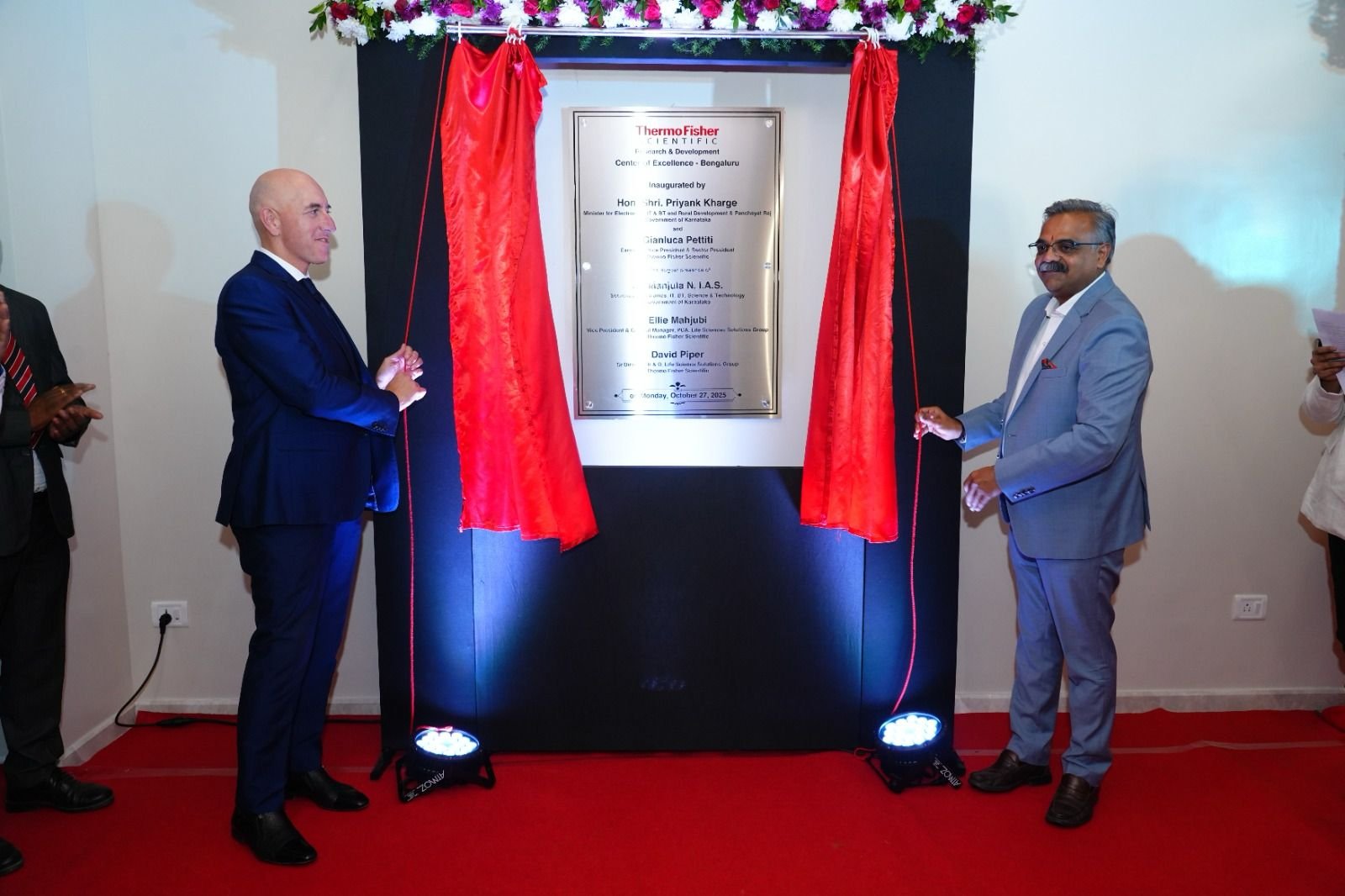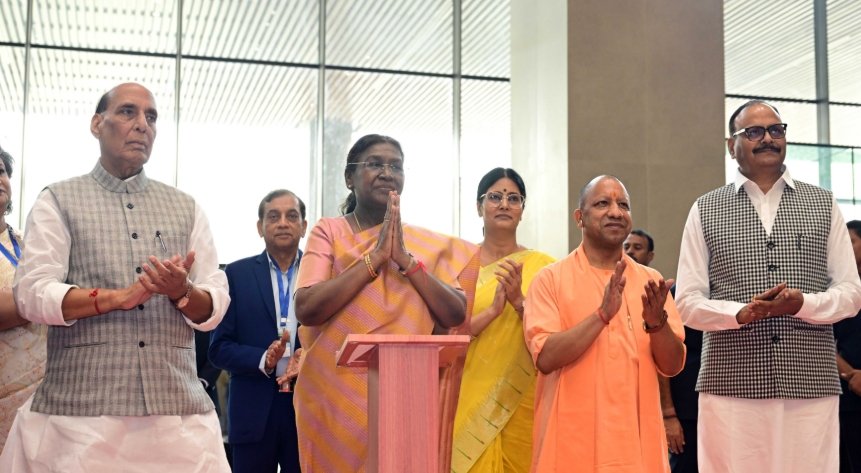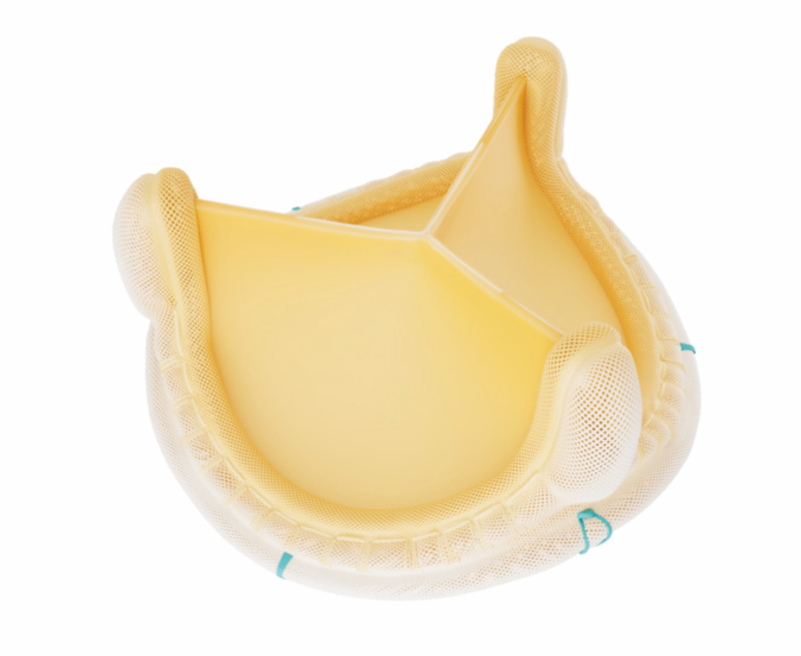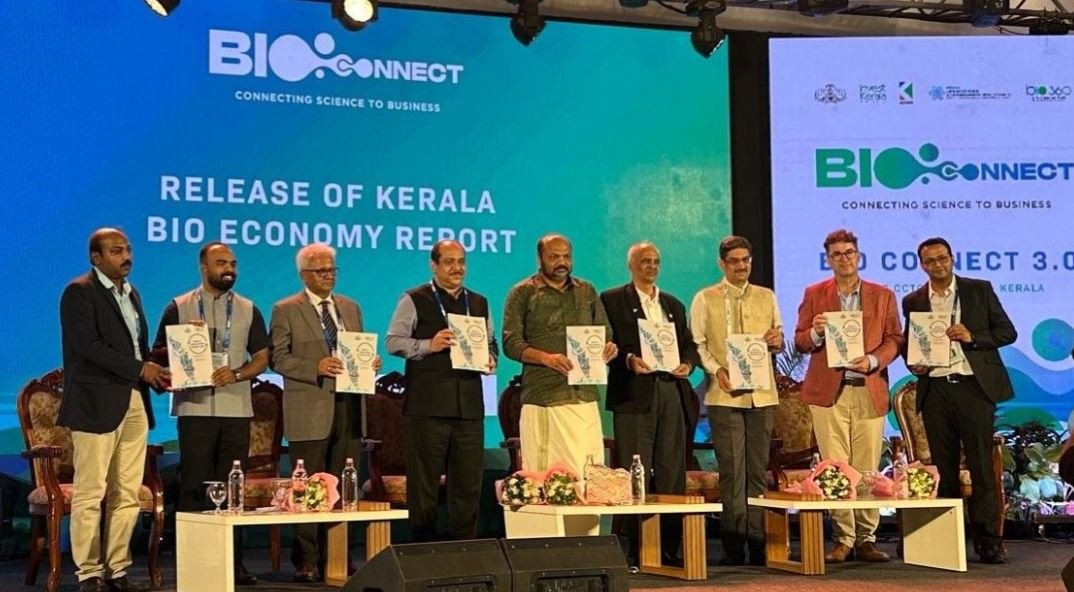GM safety assessment guidelines in India
January 09, 2009 | Friday | News
GM safety assessment
guidelines in India
Biosafety regulations
have been put in place by various countries including India.
The development of a GM crop involves a complex process starting from
gene identification, selection, product commercialization and
safety assessment has to be undertaken at all stages of its
development. It begins at early gene selection phase by taking into
account each gene’s source, previous consumer exposure to the
source, and whether there is a history of safe use for source material,
the gene and its specific products. After genetic modification,
specific GM crop line is selected through a variety of steps in the
greenhouse and field during which the biological and agronomic
equivalence of the GM crop is compared with its traditional
counterpart. Biosafety regulations have been put in place by various
countries including India.
The regulation of GMOs in India is governed by the “Rules for
manufacture, use, import, export, and storage of hazardous
microorganisms/genetically engineered organisms or cells
1989” under the environment protection Act, 1986. The two
agencies primarily responsible for implementation of the 1989 rules are
the Ministry of Environment and Forests (MoEF) and the Department of
Biotechnology (DBT) of the Ministry of Science and Technology. The 1989
rules define competent authorities and the composition of such
authorities for handling of various aspects of the rules. Six competent
authorities are listed in the rules:
- The recombinant DNA advisory committee(RDAC)
- The review committee on Genetic Manipulation(RCGM)
- The Genetic Engineering approval Committee(GEAC)
- State Biosafety Coordination Committees (SBCs)
- District Level Committees (DLCs)
The Ministry of Health and Family welfare is responsible for ensuring
the quality and safety of food marketed in the country and the
Prevention of food Adulteration Act enacted in 1954. The Indian Council
of Medical Research acts as an advisory body on GM foods and the
Ministry of Food Processing industries is involved in developing new
regulations for R&D of food processing industries. In addition
to MoEF and DBT, the Ministry of Agriculture is responsible for Seeds
policy.
Before commercialization, GM crops undergo a detailed and specific
safety assessment process. This process focuses on the safety of
products associated with the introduced gene and any other likely
toxicological or anti-nutritional factors associated with the source of
the novel gene and the product to which it was introduced.
DBT had formulated Recombinant DNA safety guidelines in 1990 which were
further revised in 1994 that covered areas of research involving GMOs.
In 1998, DBT brought out separate guidelines for carrying out research
in transgenic plants called the “Revised guidelines for
research in transgenic plants”. These also include guidelines
for toxicity and allerginicity evaluation of transgenic seeds, plants
and plant parts. These guidelines cover development of transgenic
plants and their molecular and field evaluation along with import and
shipment of GM plants for research. The guidelines include complete
design of a contained greenhouse suitable for conducting research with
transgenic plants and provide the basis for generating food safety
information on transgenic plants and plant parts.
Acute and sub acute chronic toxicity tests have been included in the
DBT guidelines. Many of these test protocols have been adopted from the
OECD (Organization for Economic Cooperation and Development) guidelines
and modified as per requirements. Separate protocols have been provided
for transgenic seeds and vegetables. Similarly protocols have been
proposed by designing appropriate experiments to gather data on
allerginicity testing in the laboratory. Review Committee on genetic
manipulation (RCGM) decides on the actual tests and protocols on a case
by case basis.
RCGM(Review Committee on genetic manipulation) is a statutory body
notified under the Rules, 1989 of environmental Protection Act, 1986 to
ensure that the R&D activities undertaken by DBT are carried
out in a safe and sound manner. It comprises of 29 experts from various
multi-disciplinary fields. The development of GM crops (including
imports for research) at the laboratory stage, contained multi-location
trials and protocols for the biosafety studies require prior approval
of the RCGM. Based on the results of the contained field trials and the
biosafety assessment studies, RCGM then makes its recommendation to the
GEAC.
An approval of GEAC is required to conduct of large-scale field trials
to assess biosafety, efficacy of the variety and the agronomic benefits
of transgenic seeds. The results of the contained field trials and
large scale field trials are then evaluated by the state Agricultural
Monitoring Committee (MEC) before recommendations on the efficacy of
the transgenic are made to the GEAC. The GM crops for large scale
trials are also evaluated under the Indian Council of Agriculture and
Research (ICAR) testing system.
In addition all institutions involved in any work related to
development or use of transgenic(including export/import) are required
to set up an Institutional biosafety committee which has an expert
nominated by DBT. The GEAC takes into consideration the findings of the
biosafety studies and the agronomic evaluation by MEC and ICAR before
according approval for the environmental release of the crop.
GEAC is the apex statutory body notified under the rules, 1989 of
environmental Protection Act to evaluate environmental risk versus
societal benefits before release of Living Modified Organisms (LMOs).
Any company involved in the development of GM crop has to undertake
extensive biosafety assessment which includes environmental safety
assessment as well as food and feed safety. Food safety studies are
conducted in public institutions such as National Dairy Research
Institute, Karnal, and Indian Toxicological Research Institute, Lucknow
and are further scrutinized by experts at the GEAC and independent
experts as well.
Cartagena Protocol on Biosafety
The Cartagena Protocol on Biosafety is an international agreement on
biosafety, as a supplement to the Convention on Biological Diversity
that seeks to protect biological diversity from the potential risks
posed by living modified organisms.
The Biosafety Protocol makes clear that products from new technologies
must be based on the precautionary principle and allow developing
nations to balance public health against economic benefits. It will for
example let countries ban imports of a living modified organism if they
feel there is not enough scientific evidence the product is safe and
requires exporters to label shipments containing genetically altered
commodities such as corn or cotton.
In accordance with the precautionary approach, contained in Principle
15 of the Rio Declaration on Environment and Development, the objective
of the Protocol is to contribute to ensuring an adequate level of
protection in the field of the safe transfer, handling and use of
“living modified organisms resulting from modern
biotechnology” that may have adverse effects on the
conservation and sustainable use of biological diversity, taking also
into account risks to human health, and specifically focusing on
trans-boundary movements.
The number of ratifications and accessions to the Protocol grew from
143 countries to 151 (as of 15 November 2008). The countries that
became Parties to the Protocol in 2008 include Guinea, Guyana, Myanmar,
Suriname, Turkmenistan, Kazakhstan, Burundi and Georgia. During the
year, the number of countries that finalized their first draft national
biosafety frameworks funded by UNEP-GEF reached 104. September 11, 2008
marked the fifth anniversary of the entry into force of the Protocol. |










